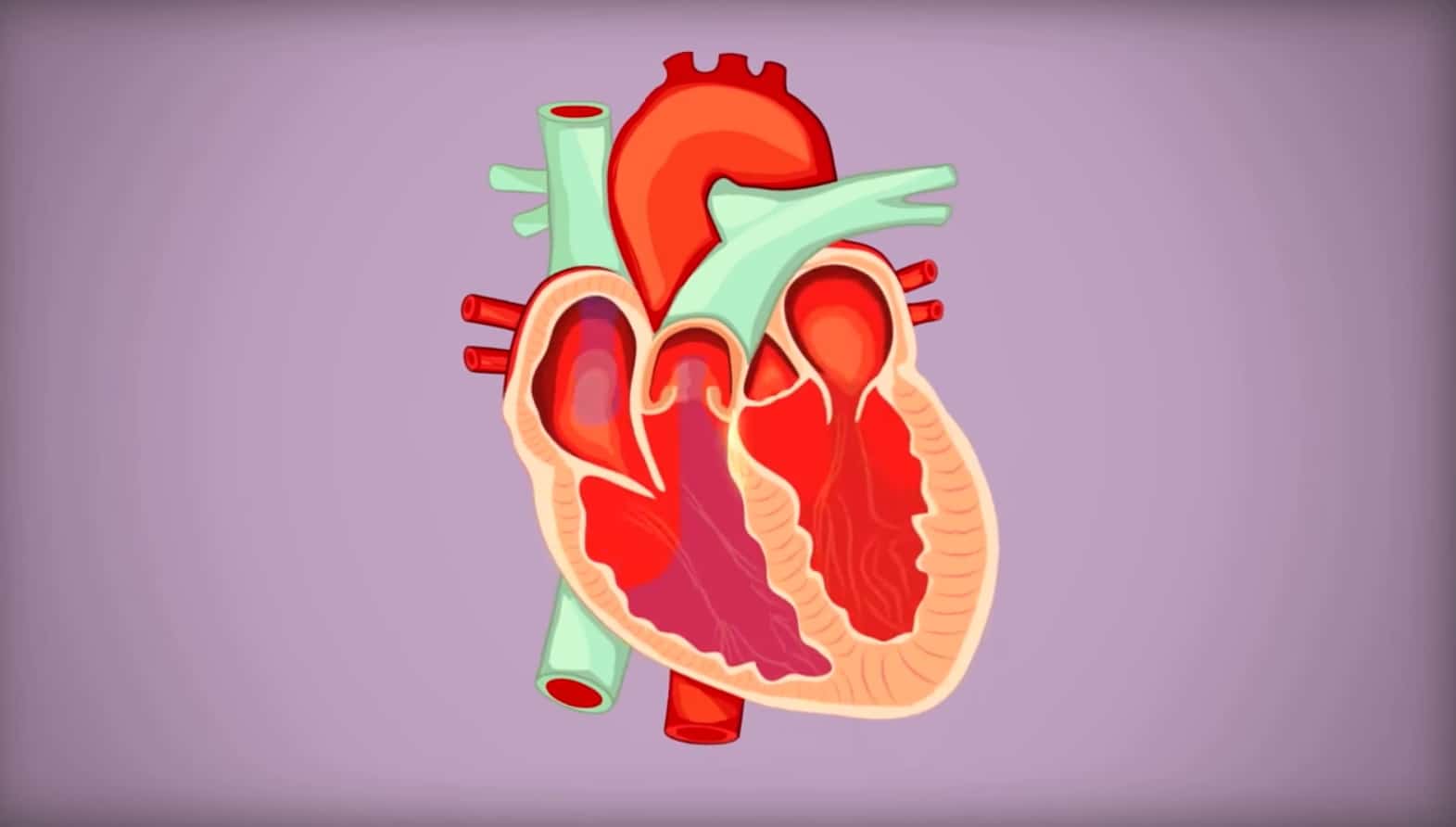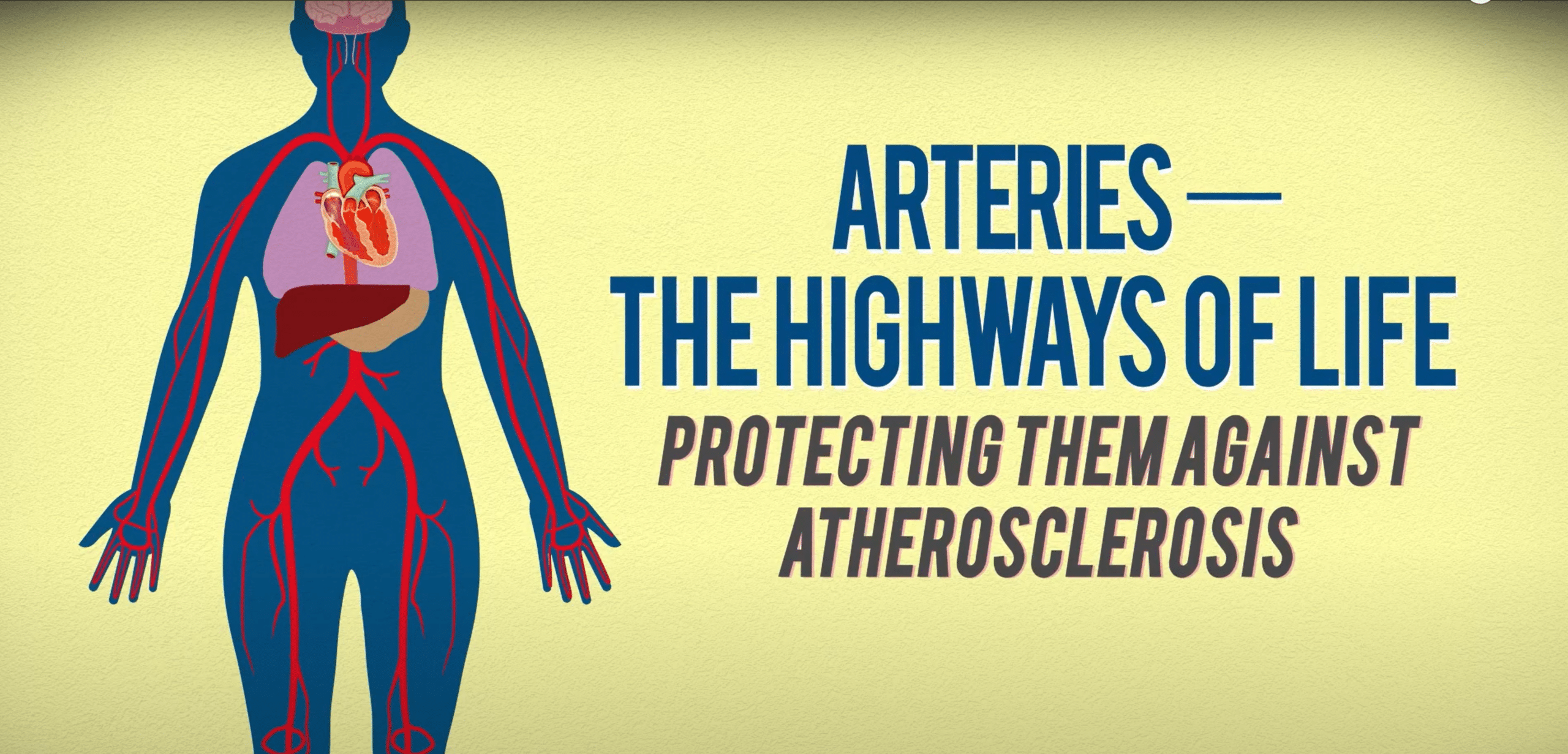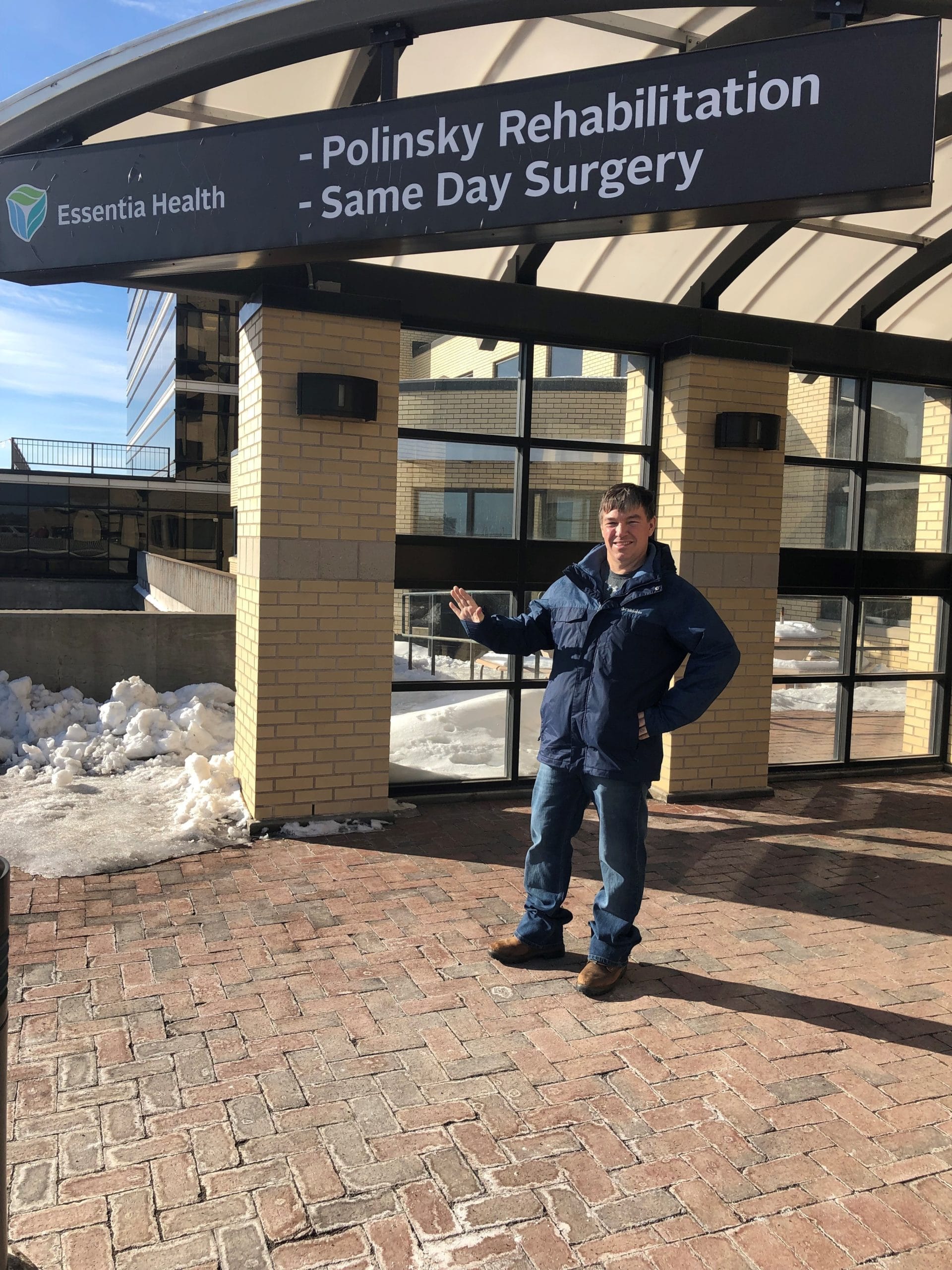
We celebrate American Heart Month during February.
There are numerous conditions that affect the heart and its ability to do its job of keeping the blood flowing to all parts of our body. Some are deadly, some can occur with no warning, and others can happen at any age.
Today, we feature four conditions that you should know about. Even better we share resources that will help you can learn more about them.
Valve Disease
The condition: Heart valve disease affects as many as five million Americans annually. It occurs when the heart’s valves are damaged and blood can’t flow properly. Common types of the disease include aortic stenosis. It can lead to major complications, including death. Fortunately, most of the time experts can treat the condition.
A resource to check out: The Alliance has an entire website dedicated to heart valve disease. It’s called Living with Valve Disease, and you can check it out here.
Atrial Fibrillation
The condition: Every year 75,000 Americans discover that they have atrial fibrillation (AFib), an abnormal heart rhythm. People with AFib have a higher risk of stroke, heart failure, dementia, and other heart-related complications. AFib can be an unsettling condition, but the good news is that there are treatment options.
Resources to check out: The Alliance has a variety of resources that can get you updated on atrial fibrillation. This includes a video, a brochure, and even a survey featuring what older adults say about living with the condition. To get started, go here.
Stroke
The condition: A stroke occurs when blood flow to the brain gets cut off. It can happen to anyone at any time. Every four minutes somebody in the U.S. dies from a stroke. Here’s another fact connected to AFib: The risk of having a stroke increases five-fold in individuals with AFib. While stroke is scary, it can be stopped.
A resource to check out: Watch this video below that explains more about preventing stroke.
Venous Thromboembolism (VTE)
The condition: Venous thromboembolism (VTE), which includes deep vein thrombosis and pulmonary embolism, is the third most common type of cardiovascular illness in the United States. A clotting condition, VTE recurs frequently and can cause long-term complications. Recognizing symptoms, seeking prompt medical attention, and getting proper treatment can significantly reduce complications and save your life.
A resource to check out: The Alliance realizes VTE can be a life or death matter. Our page with easy-to-understand resources about VTE gets you up to speed on what you need to know.






